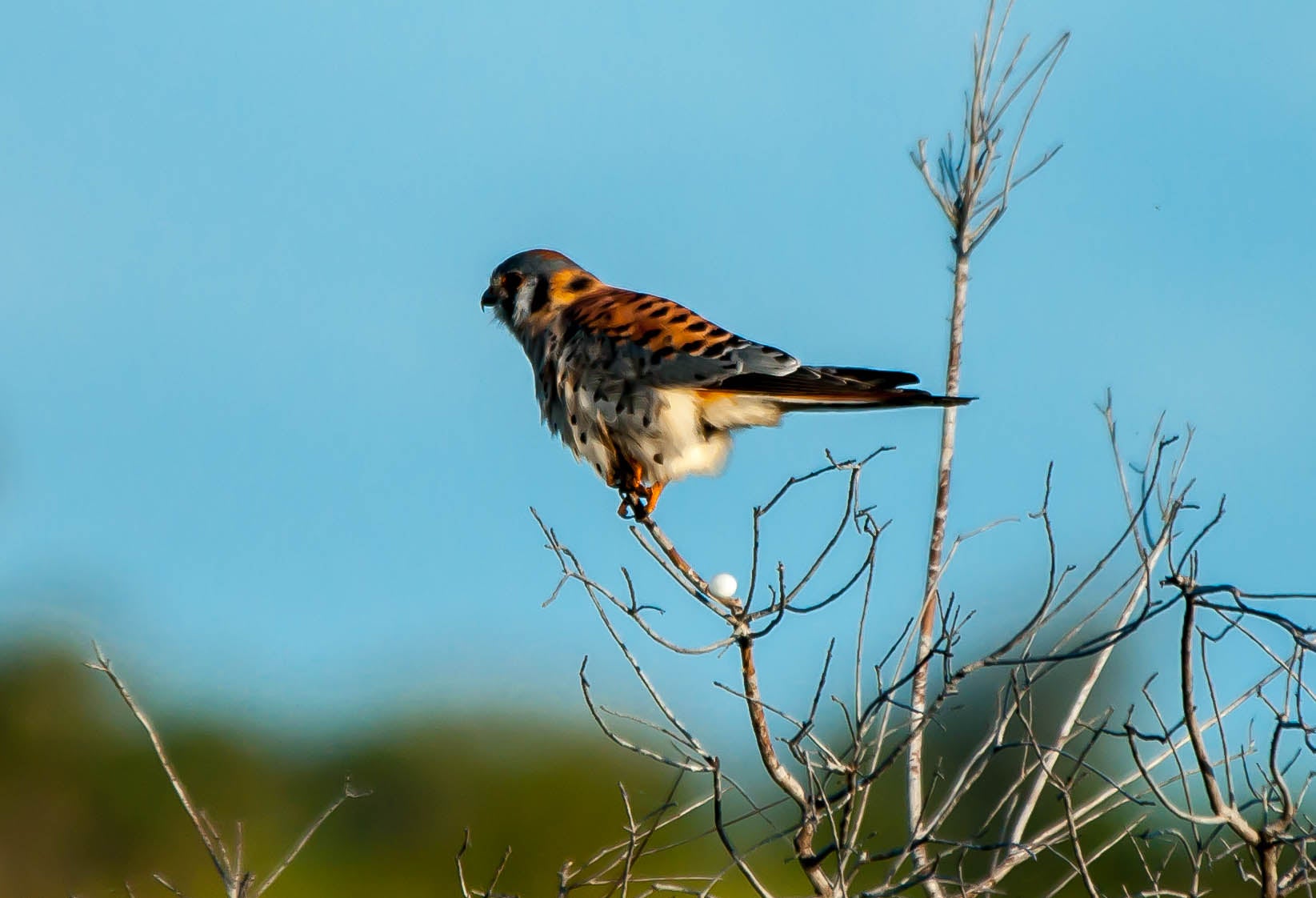
Imperiled Species of Econfina River

There are three imperiled plant species observed at Econfina River State Park:
- Corkwood.
- Angle pod (Gonolobus suberosus).
- Needle palm (Rhapidophyllum hystrix).
Corkwood
Corkwood was so named from the past practice of harvesting its wood to be used for floats on fishing nets. It has the lightest density wood of any plant in the state.
While fossil evidence suggests that the species may have once been more widespread, possibly all the way to western Russia, it is now found in several widely scattered localities in the eastern United States. In Florida, it occurs in scattered areas (muddy rivers and their associated estuaries) in the Big Bend region. Its typical habitat consists of water-filled depressions or ditches receiving adequate sunlight.
Angle Pod
Along with corkwood, angle pod is another state-listed, threatened species in the park. It is a herbaceous vine that typically occurs in tree hammocks.
Needle Palm
Classified as being commercially exploited, needle palm occurs in places that rarely burn, including hardwood-dominated hammocks and bottomland forests.

While its range extends down to the central peninsula, it has a discontinuous distribution and is found in limited areas within this larger area. At the park, it may be observed in portions of the hydric hammock, particularly more inland locales closer to the northern boundary. No specific actions are necessary for these plants, aside from ensuring that their respective habitats are protected from disturbance pressures and buffered from visitor impacts.
The expansive salt marsh with its many tidal creeks, seepage streams and lakes is indispensable habitat for obligate imperiled bird species such as Marian’s marsh wren and the Scott’s seaside sparrow, both of which occur on the Gulf Coast of Florida’s Big Bend. Both species are dependent on marshes dominated by black needle rush and smooth cordgrass for breeding and are generally permanent residents in this habitat. These marshes are also important habitats used by other Northern subspecies that migrate to this area in the winter.
The salt marsh and other associated wetlands prevalent in the park also serve as important habitat for other imperiled bird species that are less specialized in their habitat requirements, including the little blue heron, tricolored heron and wood stork.
Southeastern American kestrels have also been observed in this park. While they may forage in a variety of natural communities, especially with more open vistas that allow them to see for an appreciable distance, they require dead snags or telephone poles for nesting during the breeding season.
Nest sites have an unobstructed view of the surroundings and a grassy or open area below in order to spot potential predators.
Restoration
As prescribed fire efforts progress and the mesic flatwoods are restored to a more favorable ecological condition, habitat quality in this community will improve for the park’s kestrels. Additionally, the abundant wetland, riverine and lacustrine communities in this park provide excellent habitat for American alligators and manatees (particularly in the Econfina River for the latter species).
For each species listed, maintenance of buffers against visitor-induced disturbance of favorable habitat, along with the continued surveillance for and control of exotic plants and animals, will assist with preserving the condition of natural communities and the viability of the park’s rare species populations.